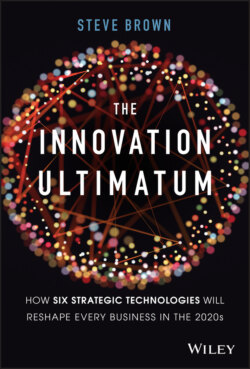Читать книгу The Innovation Ultimatum - Steve Brown - Страница 33
Exploration and Discovery
ОглавлениеThe New York Police Department (NYPD) uses PATTERNIZR, an AI-based discovery tool, to spot crime patterns. With more than 68,000 robberies, larcenies, and burglaries occurring in New York in 2018 alone, the NYPD will take all the help they can get. The NYPD is split into 77 separate precincts. PATTERNIZR, rolled out in December 2016 but only revealed to the public in early 2019, looks for crime patterns that span precincts. PATTERNIZR frees up human analysts to focus on more complex analysis tasks. Just like a human analyst, PATTERNIZR compares factors including method of entry, the type of items stolen, the distance between crimes, and so on. To eliminate racial bias, the system is not given the race of suspects. PATTERNIZR has already proven useful. For example, the AI found a link between crimes that spanned precincts that had not previously been flagged as connected. In two cases, a man used the threat of a syringe to steal a drill. The AI identified two other instances where a syringe was used as a threat in robberies. The NYPD used the information to locate the suspect and arrest him. He pleaded guilty to larceny and assault.
AI's predictive capabilities are a powerful tool for researchers. Material scientists use AI to predict the structures of materials that may have a desired set of physical properties. New alloys and compounds may be discovered as a result. AI-guided research could lead to the discovery and synthesis of new wonder materials such as room-temperature superconductors and high-efficiency battery electrolytes that would transform the energy sector and help to address the climate challenge. As we review in Chapter 10, pharmaceutical companies use a similar approach to help them discover new drugs. Predictive AI may help us discover therapeutic drugs that transform human health. How might AI boost your company's research efforts?
